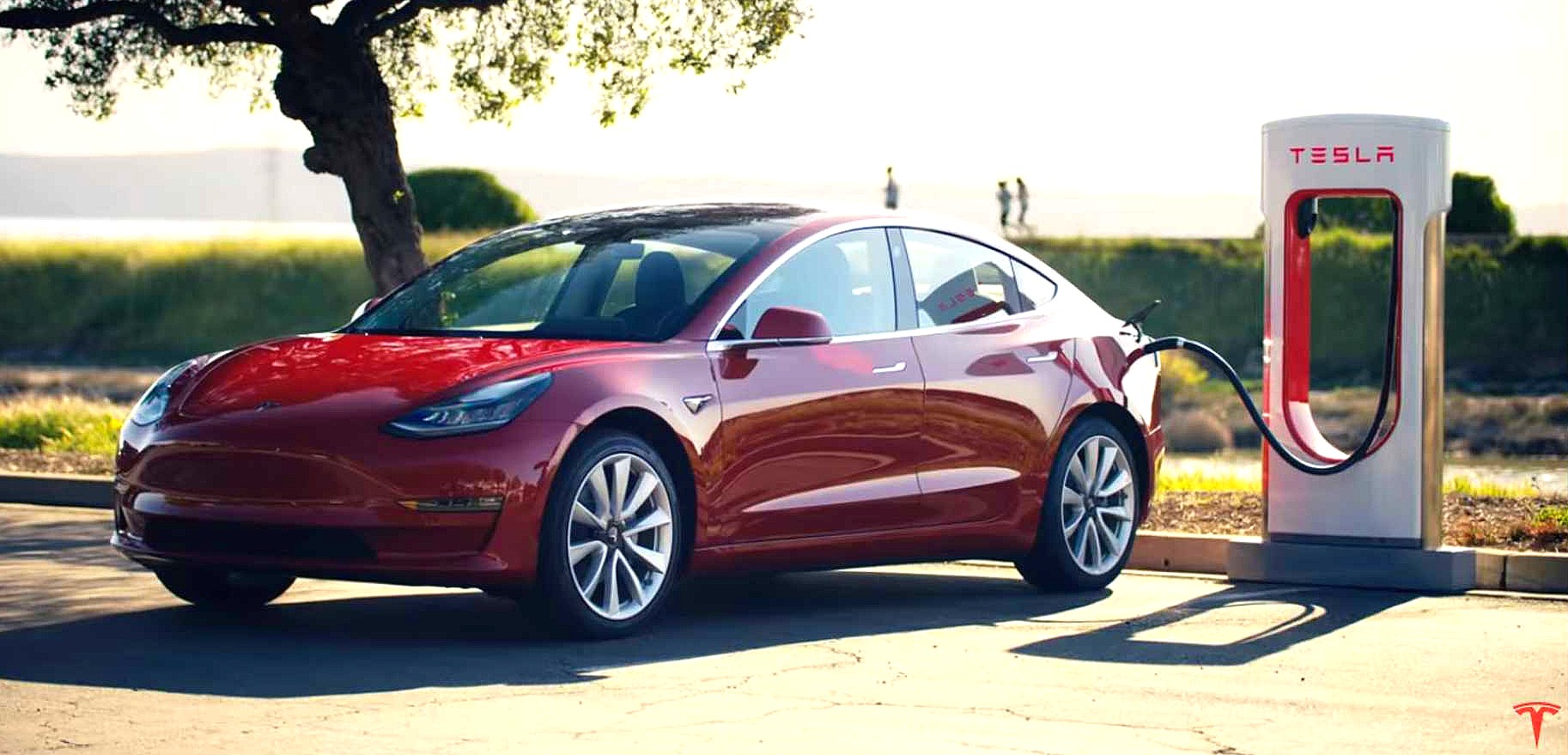STS-134
Active Member
So just assume that the bottom 10-20% isn't there and either:I've lived long enough to know that life constantly gets in the way of such assumptions. Given the small distribution of proven battery degradation from owner reports, it just isn't worth it to put oneself in a situation where the available range is an unknown quantity to the car's own BMS and nav system.
1) Charge to the amount you think you need +20%
2) Take another car in the rare event that something comes up
3) Charge to 100% if you get ample notice
It's way better than causing unnecessary degradation just because you're constantly afraid something might come up. Especially if you drive only 25 miles a week.



